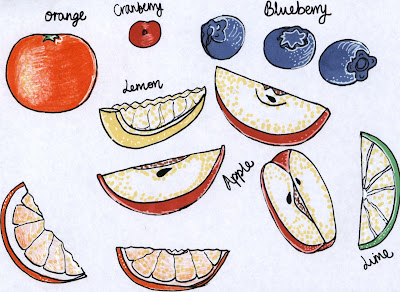 Looking for references for the keyword of 'Silence' has been difficult in order to find relevant references, but using a range of resources I have gathered a list of publications and texts I have looked into and would like to read a bit further into if I can access them more. Here's my small synopsis of what I thought each text was trying to get across:
Looking for references for the keyword of 'Silence' has been difficult in order to find relevant references, but using a range of resources I have gathered a list of publications and texts I have looked into and would like to read a bit further into if I can access them more. Here's my small synopsis of what I thought each text was trying to get across:(Google Scholar) Reference 1.
'Emotion & The Structure of Narrative Film' (Film as an Emotion Machine) by Ed. S. Tan
This book is an array of alternate techniques used for film, but interestingly looks into the psychology behind certain techniques, silence in particular. The book argues that each of us experience each aspect of a film individually dependant on our own personal experiences, and this can be altered as we grow up around alternate films and their narratives. In particular, silence allows an audience to project their own emotion onto the storyline within the silence supplied in the film. However, as well as allowing a discussion into how the emotion depends on the viewer, the book also looks into the aspect of the Directors and Producers manipulating the viewer with the techniques in order for them to feel a certain way.
(Google Scholar) Reference 2.
'Television & Sound- Why the Silence?" by Michele Hilmes
Although generally a more academic book on the deeper forms of sound communication within television, Hilmes intricately analyses how silence has become important in film and television and how this is because of the evolution of music and sound effects within television that has, in effect altered the effect of everything else.
(MMU Library) Reference 3
"Silence" by Toby Kamps
This book is definitely a book I'd like to take out of the MMU Library as it's perfect for what I'm meaning to research into, Kamps looks back historically on how silence implicates certain roles, referencing artists and productions such as Bruce Nauman and Andy Warhol, and how such things implicated the aspect of silence within film and what it represents.


























